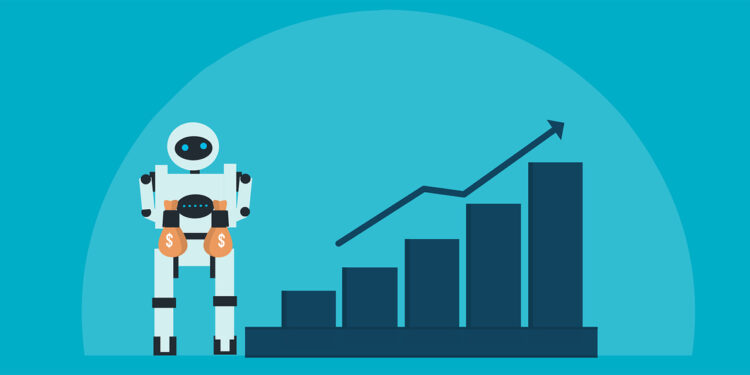AI and the Future of Economic Forecasting

Economic forecasting has always been at the forefront of any trader’s mind when approaching important financial trading decisions. It provides valuable information that can help traders make informed decisions on investments, pricing strategies, and other various key aspects of operations.
Traditional economic forecasting methods have seen a great boost in development due to their undeniable limitations. For example, accuracy can fall due to incomplete data or human error. With the abilities of artificial intelligence (AI), the emergence and further development of AI has opened up a vast new world of possibilities for economic forecasting, and it’s ready to continue revolutionising the industry in the years to come.
The Role of AI in Economic Forecasting
AI and economic forecasting make for a prosperous and promising relationship. AI provides new insights into market trends. It can also help to predict economic changes with much greater accuracy. AI algorithms are complex and sophisticated tools that quickly analyse vast amounts of data to identify patterns and trends in real time.
AI has been quite successful in forecasting economic growth and inflation rates. Its impact drove further investments into developing the technology even further to widen the benefits received.
The analysis provided by AI algorithms can help generate accurate predictions of future market events and behaviours and how this could impact businesses. One important tool within this realm of economic forecasting is the economic calendar, which provides a detailed schedule of important and impactful economic events, like interest rate decisions and GDP releases. AI algorithms can use this data to predict the impact of important events on the market and provide businesses with vital insights into how they can adjust their strategies in response, reducing risk and inefficiencies.

AI is Transforming Economic Forecasting
AI is transforming the field of economic forecasting in many ways due to its ability to process vast amounts of data in real-time.
Firstly, its improves speed and scalability. AI algorithms can analyse data much quicker than the human eye could ever. This allows much more efficient real-time analysis to keep up with the fast-moving world of financial trading.
Secondly, AI can sift through big data at a rate not possible by humans. With the ability to process large data, AI algorithms are in a better position to identify patterns and relevant trends that humans could otherwise miss. This quick sifting through of information can provide deeper insights for a more well-rounded picture to aid in the decision-making process.
The world of AI has developed at an astonishing rate, and the potential benefits it can provide are seemingly endless. There’s no doubt some tremendous promise for its continued growth with the help of continuous investments in its development. With its ability to sift through big data in record time and provide in-depth analysis and real-time insights, it has the potential to truly revolutionise economic forecasting. Higher levels of accuracy in data analysis and insightful predictions seem to be just the start of what could be possible for the integration of AI into economic forecasting in the future.









